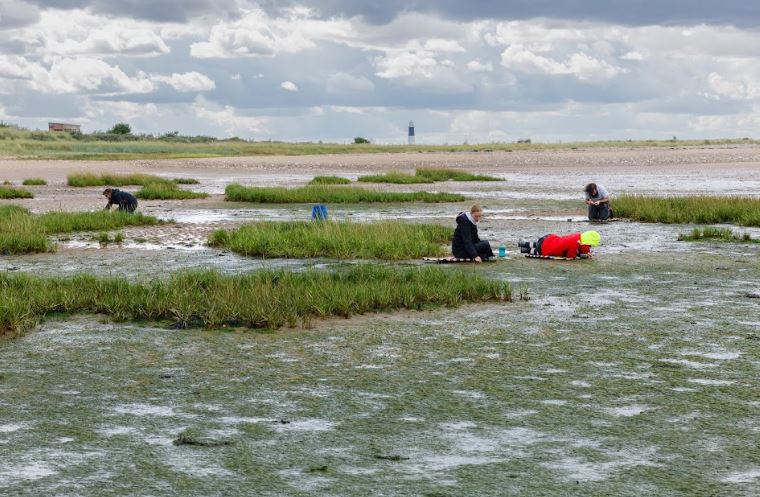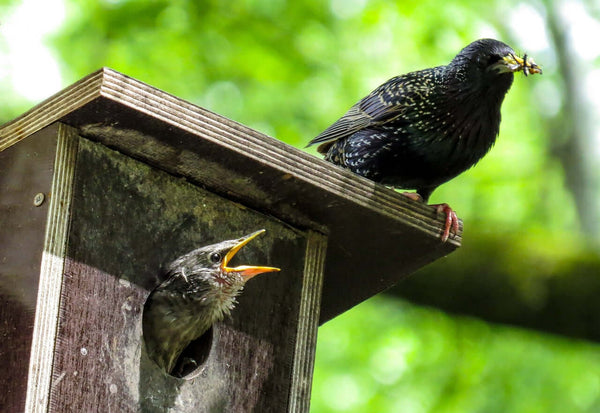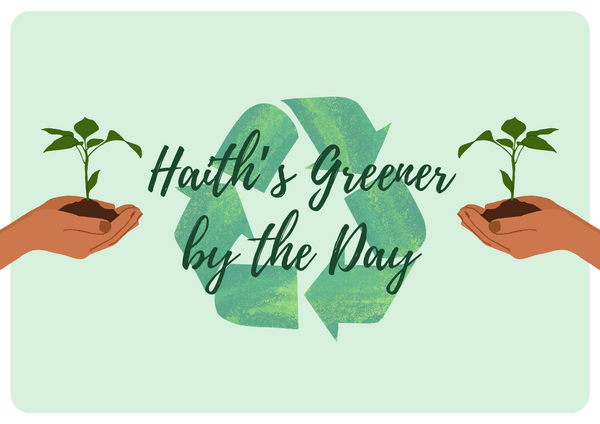The Yorkshire Wildlife Trust & Lincolnshire Wildlife Trust have partnered with Orsted to begin a restoration project on the river Humber which is truly remarkable.
Georgia Bennett, Seagrass Restoration Assistant and Kieran McCloskey, Marine Restoration Manager joined us recently for a podcast, to explain just what the project is all about.

Lying to the east of the UK is the mighty river Humber, an important area for wintering & breeding birds, migrating route for fish and one of the biggest seal sanctuaries in the country at Donna Nook. However, it is also home to the largest port complex in the UK, with an average of 40,0000 ship movements every year. It facilitates 14% of international trade in the UK.
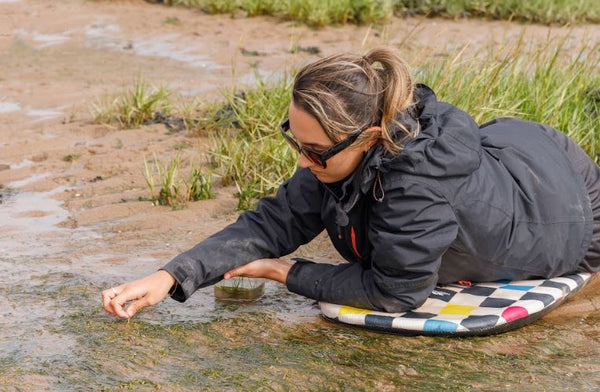
This busy stretch of water had a rich history of seagrass meadows which extended to the North & South bank. Unfortunately, in the 1930’s there was a mass die off, possibly due to mass reclamation in the estuary and declining water quality. The Humber also had a history of oyster cultivation which goes back to roman times. However, records indicate that oyster reefs were a shipping hazard and had to be charted, with 10 million oyster per year removed. In the mid 1900's the oyster reefs faced collapse due to habitat loss, pollution, disease, invasive species, and historical overfishing.

Fast forward to the present day and an impressive five-year project has begun. The Wilder Humber Seascape restoration project plans, over five years, to restore and enrich nearly 40 hectares of protected habitat including laying 500,000 native oysters, restoring 4 hectares of dwarf seagrass, and enriching 2 hectares of impoverished saltmarsh.

By restoring these habitats there will be huge benefits for both people and wildlife through ecosystem services including providing a habitat and food source for many animals, protecting the coastline from erosion by dampening the force of waves and absorbing flood waters, helping to fight climate change by capturing substantial amounts of carbon and improving water quality by removing pollution from the water.
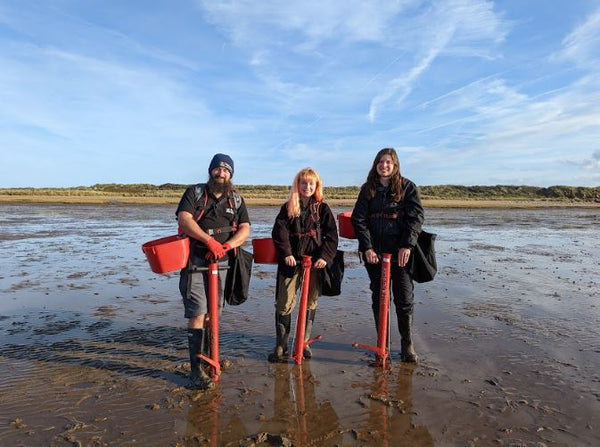
Take a listen to this fascinating podcast and learn all about a restoration project unlike any other, where fighting waves and battling the elements is just another day at the office for this extraordinary group of restoration experts.
Learn more here: https://www.ywt.org.uk/news/wilder-humber-new-partnership-programme-aims-restore-humber-habitats-and-biodiversity

